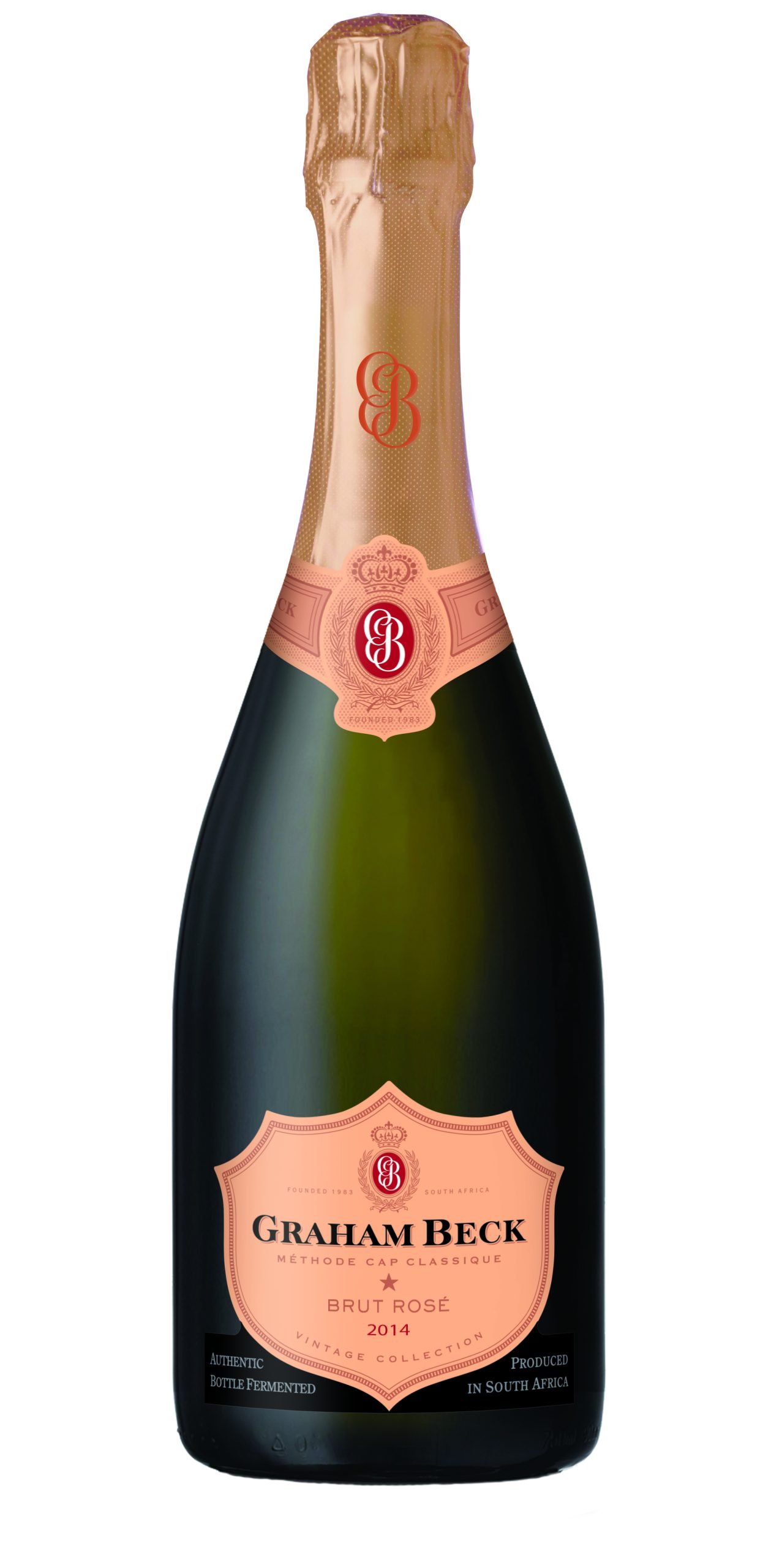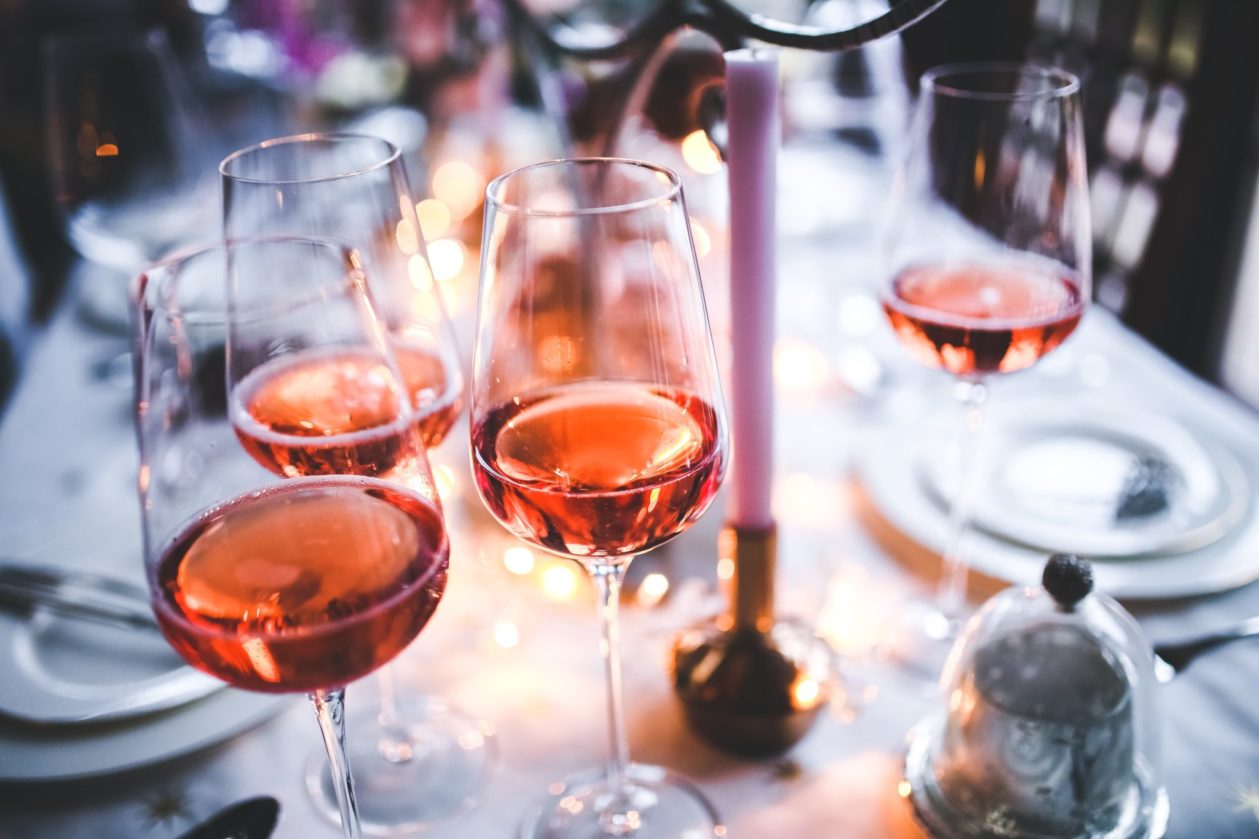 There are some people who firmly believe that white shouldn’t be worn after Labor Day. Those same people would also say that rosé drinking belongs exclusively to summer. But I am not one of those people. In fact, as summer turned to autumn, I found myself continuing to reach for one rosé that I feel stands above the rest: Graham Beck’s Brut Rosé 2014 vintage.
There are some people who firmly believe that white shouldn’t be worn after Labor Day. Those same people would also say that rosé drinking belongs exclusively to summer. But I am not one of those people. In fact, as summer turned to autumn, I found myself continuing to reach for one rosé that I feel stands above the rest: Graham Beck’s Brut Rosé 2014 vintage.
Now I can understand why one would opt for a bold, full-bodied wine as the air chills. But even as we enter mid-October, I can’t help but think this might truly be the wine for easy drinking all-year round. It’s light, refreshing, slightly sweet with a strawberry note to it, and those are the reasons this wine would typically get barred from wine cellars in the fall and winter. But this same summery lightness is what makes it a superb wine for sipping while you’re eating dinner, chatting with a friend (whether virtual or in-person) and for relaxing after a long day, no matter what season you’re in.

As Worth’s wine and spirits columnist, I have accumulated a lot of wine, and this is the one I find myself continually reaching for.
When you pour yourself a glass of Graham Beck’s Brut Rosé, you’ll immediately notice the salmon hue of the wine, as it is distinctly different from most other pink-colored rosés. Then when you take that first sip, you’ll get some berry sweetness, followed by a subtle spiciness and left with a smooth finish on the palate that will ready you for your next sip, which is surely fast-approaching.
This wine is one of Graham Beck’s Methode Cap Classique wines, which is a premium distinction in South African sparkling wine. Since Champagne can only come from the Champagne region in France, other regions have come up with differing titles to describe the sparkling wine they make using the classical Champagne-making method, so this is what the title Methode Cap Classique indicates. Because of Graham Beck’s terroir in Robertson, South Africa, they are able to grow fantastic Chardonnay and Pinot Noir varietals. The Brut Rosé 2014 is an 85 percent Pinot Noir and 15 percent Chardonnay blend. The high volume of Pinot Noir grapes in the blend is in part what makes this rosé so inter-seasonal for me.
Maybe year-round rosé isn’t for everyone, but with its fruity notes of red berries and its slight spiciness mixed with how effortless it is to drink and how well-suited it can be to a variety of social situations, wherever and however you may be having them, this is what you’ll catch me drinking now and for the rest of the year.











